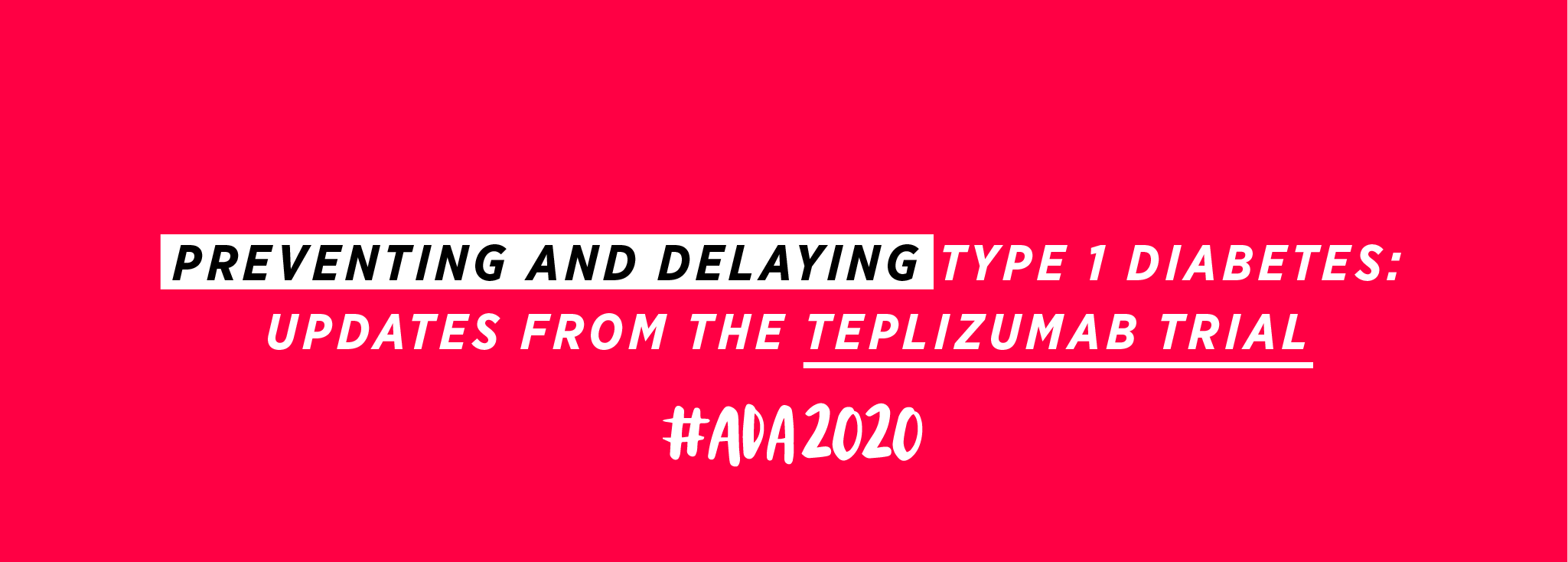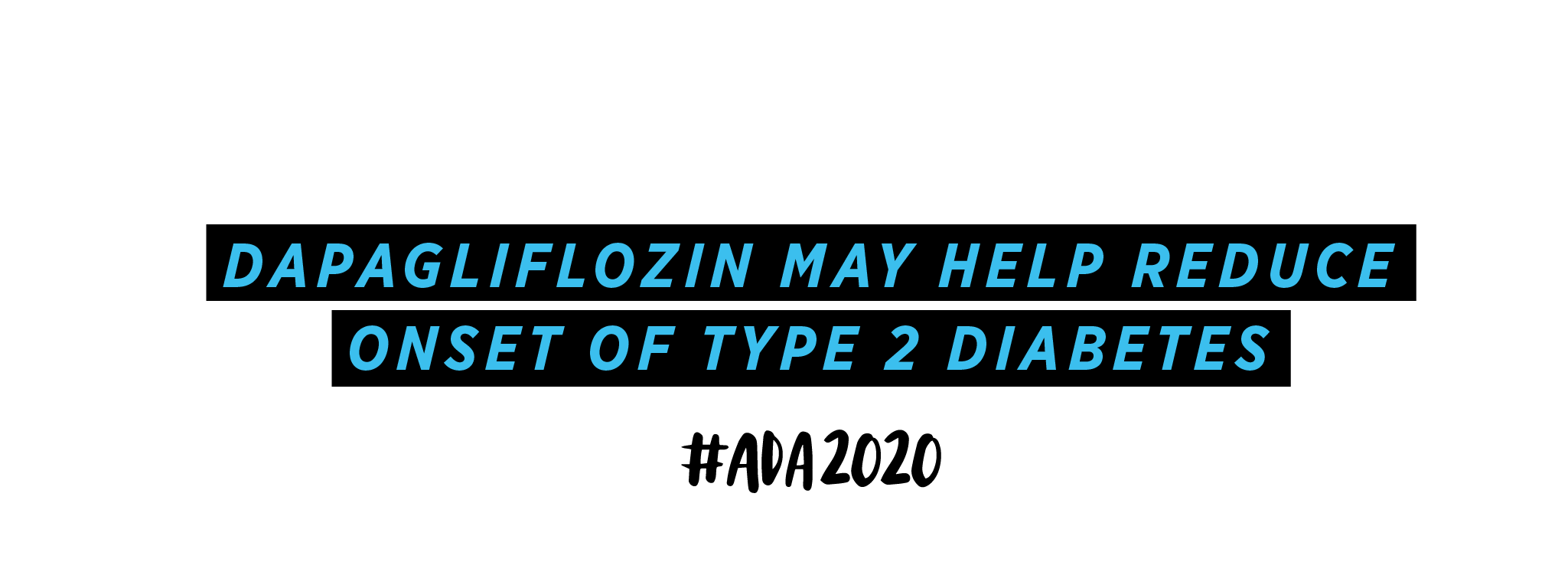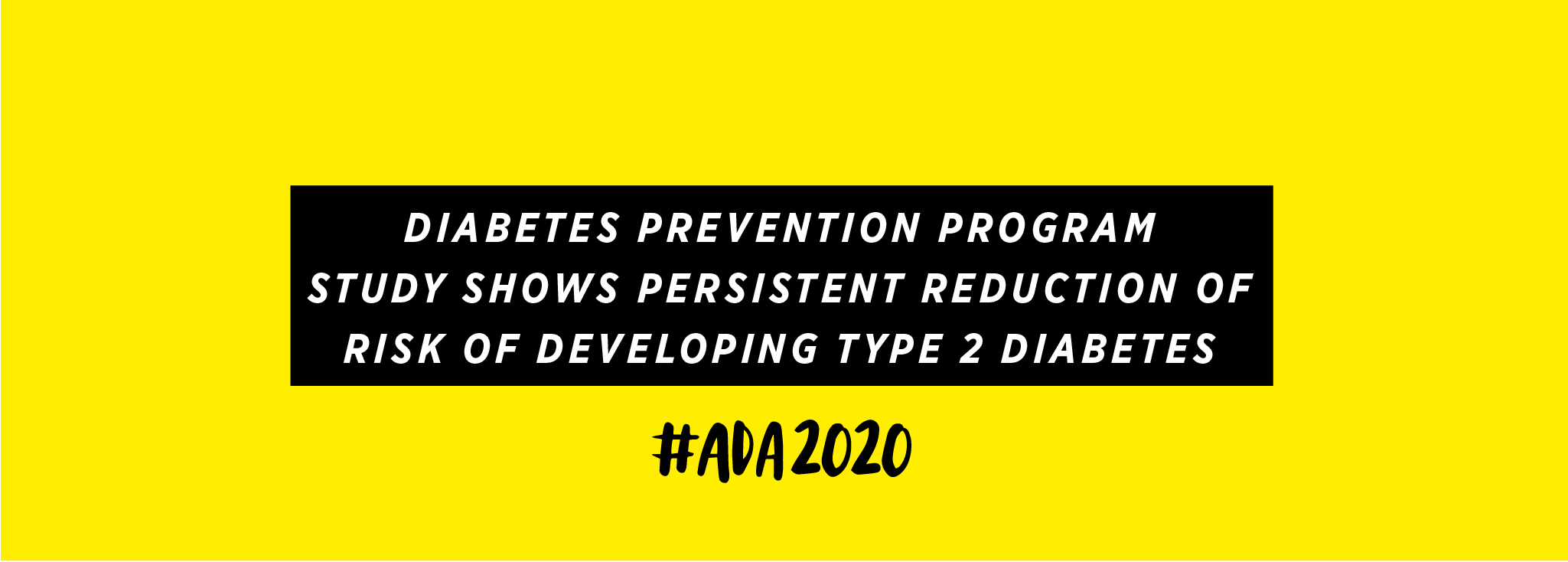How to Measure Success in Pediatric Diabetes Care
Written by: Todd Boudreaux
6 minute read
June 13, 2020
In a joint session from the American Diabetes Association (ADA) and the International Society for Pediatric and Adolescent Diabetes (ISPAD) at ADA 2020, there was a spirited debate.
Chaired by JDRF CEO Aaron Kowalski, PhD, speakers made their case for whether the primary metric for pediatric diabetes success should be A1C or Time in Range (TIR). As continuous glucose monitor (CGM) adoption rates have increased, Time in Range has overtaken HbA1C in many circles as the metric of choice for measuring diabetes outcomes. But why? And is it right for pediatrics? And perhaps most importantly, when access to CGMs remains a barrier for most, how can we expect to implement widespread use of Time in Range?
The Case for A1C
William Winter, MD (The University of Florida) began by making the case that A1C should be the primary metric for measuring pediatric diabetes outcomes. Winter gave a brief overview of the history of A1C, explaining to the audience how it became the standard in the first place.
The short version is, A1Cs under 7% are associated with a much lower risk of complications, and high HbA1Cs are predictive of microvascular, neuropathic and macrovascular complications from diabetes . In the landmark DCCT study, more than 30 years ago it was shown that tighter glycemic control -> lower A1C -> lower risk of complications.
This is something that many of us have had drilled into our head from diagnosis: Take care of your diabetes or you’ll get complications. More on the issues with this line of thinking later.
Winter then went on to acknowledge some of the limitations of HbA1c measurements including:
- A1C reflects two to three months of measurements, and the last month alone influences 40-50 percent of the reading.
- A1C provides no assessment of hypoglycemia or glycemic variability.
- A1C is not instructive to clinicians or patients on how to improve glycemic control.
- Even a desirable A1c does not equal no risk of complications.
- Various analytical or medical conditions can produce biased A1C results.
In fact, perhaps Winter was quite candid about the myriad ways in which HbA1C is lacking as a metric. He even showed graphs of Time in Range appearing to be equal or better at predicting complications than A1C alone.
Winter did conclude however with the strongest evidence that HbA1C should continue to be used. Among his points were:
- A1Cs are extremely useful for screening for type 2 diabetes in adults
- A1C is useful for diagnosing diabetes
- A1C is useful as the universal standard for assessment of long-term glycemic control
- A1C is far more easily accessible to patients. It is a one-time lab test, and the cost is significantly lower
The last point is at the crux of this whole debate. How can one in good faith argue for Time in Range as a primary metric, when CGMs remain expensive and inaccessible to the majority of people living with diabetes?
The Case for Time in Range (TIR)
Next up was Thomas Danne, MD (Diabetes Center + Children’s Hospital Auf der Bult) making the case that we should be measuring using Time in Range (TIR) as the primary metric.
Danne opened right where Winter left off conceding that “as long as not a majority of children and adolescents have access to continuous glucose monitoring—HbA1C will remain the gold standard for accessing glycemic outcomes on a population level. [However] for those pediatric patients using CGM regularly TIR is the primary metric already.”
Danne then cited data from the SWEET project, an international cross-sectional diabetes registry focused on the effects of treatment in children with type 1 diabetes (T1D). The project involves 22 centers, and he presented data from 2008 to 2018.
Through charts Danne demonstrated that as technology use—particularly CGM use—went up, so did the percentage of people with an A1C under 7%. One finding was that that CGM use went from just ~5% use to ~50% adoption in a span of four years (2015-2018). With increased CGM adoption, TIR becomes a more realistic goal for more people living with diabetes. Important to note that CGM adoption in diabetes centers is surely higher and increased at a more rapid rate than is feasible for wide scale adoption.
After making the case that TIR as a metric was indeed possible as CGM use went up, he laid out the numerous advantages of TIR when compared directly with A1C:
- TIR evaluates continuous glucose levels, A1C evaluates discrete values.
- TIR can compare any period of time, A1C can only compare a two to three month period.
- TIR accounts for and measures hyper and hypoglycemia, A1C does not.
- TIR can show immediate effects of therapy changes, A1C can not.
- TIR has a low susceptibility to interference, A1C can be influenced by several factors, producing biased or inaccurate results.
Danne also critically pointed out the importance of TIR and remote monitoring during the current COVID-19 Pandemic. It is not recommended that people with diabetes get blood drawn in a lab for routine checkups at this time, but it is possible and preferable for them to upload their data remotely from the safety of their home. He concluded by stating that since Time in Range allows children and parents to play a bigger and more timely role in the shared decision-making, TIR should be the primary metric for pediatric care.
In summary, both men seemed to conclude that TIR is perhaps a more accurate, better metric, while both conceded that it is not practical for most people with diabetes, as access to CGM is required.
Practical Recommendations for Time in Range in Pediatrics
The third speaker, Daniel DeSalvo, MD (Baylor College of Medicine/Texas Children’s Hospital) offered practical strategies to personalize and target TIR in pediatric diabetes for those who do have access to a CGM.
Note: Dr. DeSalvo is a member of Beyond Type 1’s Leadership Council.
DeSalvo started by demonstrating though data from the T1D Exchange, that only 17 percent of children (ages 6-12) and 14 percent of adolescents (ages 13-18) are hitting their A1C goal of <7.5% . The good news is that we are seeing lower HbA1Cs associated with higher CGM use.
He also cited data from various trials showing that in blinded CGM studies, children and young adults’ average times in range were 40% and 35% respectively. DeSalvo went on to offer practical advice for personalizing TIR goals which included:
- Considering the patient/family’s circumstances
- Access to technology
- Risk/ fear of hypoglycemia
- Diabetes support system
- Diabetes distress/ burnout/ depression
- Setting achievable goals
- Using supportive language
We were thrilled to see Dr. DeSalvo discuss the mental health aspects of living with T1D and the importance of language in diabetes care. He also advised a three step approach to setting individualized CGM alarms.
- Set a low alert
- Set a high alert that only repeats every three hours
- Eventually tighten the alerts to be closer to TIR of 3.9-10.0 mmol/L70-180 mg/dL
I asked Dr. DeSalvo if it was ok to ever go backwards in these steps, ie, perhaps take your high alerts off for a weekend and go back to step 1, and his response was an emphatic “ABSOLUTELY. Alerts should be Actionable, Adjustable and you should Avoid Alarm fatigue”
DeSalvo concluded by offering practical guidance for those on hybrid closed loop systems, or caregivers of people using the advanced technology.
Q&A
Perhaps the most engaging part of the session was the Question and Answer period at the end, with moderator Dr. Aaron Kowalski beginning by posing a deceivingly simple question: “What is the actual goal? What outcomes are we hoping for? Less complications, or better glycemic control?”
Dr. DeSalvo’s immediate response was both: that achieving better glycemic control will lead to less complications.
Dr. Danne stated that although the goal is to avoid complications, “Fear is very bad advice. We need intermediate goals— This is why Time in Range is good… Talking about complications [to a 6-year-old] will never work, but to say ‘there is this green bar, you want to have that green bar a little higher’… is understandable.”
Dr. Winter agreed that it was important to avoid complications, but reiterated the very real concern of the proportion of kids that have access to CGM. He asked “What proportion of kids have access to CGM? In the real world, how many kids stay with CGM, in a country that really doesn’t have a medical system? We’ve got a bunch of little fiefdoms [in the US]… We really lack a systematic approach to provide the CGM to all the kids that would like to have it.”
Dr. Aaron Kowalski, who lives with T1D himself pushed back on the idea that preventing complications is the most important consideration of diabetes care, saying “I do not think the endgame is solely complications. I represent my scientific perspective, but I have to speak from my personal diabetes perspective here. My brother—who has significant hypoglycemia unawareness problems—has lived with diabetes for 43 years with no micro- or macro- complications, but nearly died multiple times from severe hypoglycemic bouts [resulting in a] car accident and multiple seizures. There’s a temporal aspect here. People live day to day… Is the goal reduction of complications? Of course. But people live in the moment. I would argue that the goal is to normalize glycemia on a day-to-day basis, and for people with diabetes to live in a more physiological state on a day-to-day basis, which in turn reduces the risk of complications… There is much more to life than a risk 30 years from now for diabetes complications.”
Click here for complete coverage of ADA 2020 from Beyond Type 1.

Author
Todd Boudreaux
<a href="https://beyondtype1.org//leadership/todd-boudreaux/">Todd</a> was diagnosed with type 1 diabetes in 2000, and has been unofficially advocating for type 1 diabetes (T1D) ever since. Before joining the team at Beyond Type 1, Todd wrote and produced television shows for Discovery Channel, Travel Channel and Animal Planet. When he’s not in the office, you can usually find him at a baseball game, traveling, or drawing on his Etch A Sketch. You can also <a href="https://www.instagram.com/toddboo/">follow him on Instagram.</a>
Related Resources

This article was originally published by JDRF, and is reprinted here as part of the...
Read more

In an American Diabetes Association (ADA) Scientific Sessions panel addressing disparities in diabetes and care,...
Read more

Research presented at the American Diabetes Association's 80th Scientific Sessions revealed that the SGLT-2 Inhibitor,...
Read more

